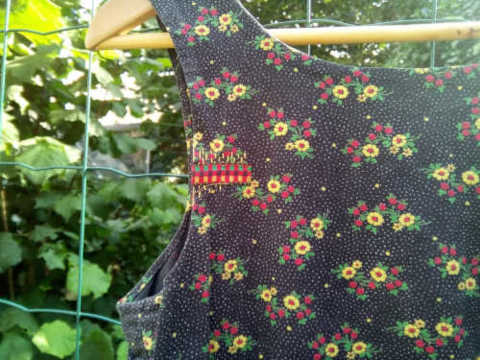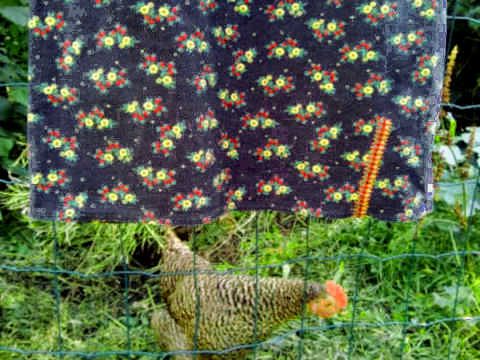Remediation, reparation and the possibility of renewal…
Marie Edwards
Hello and a very warm welcome to our late summer edition of Northern Edge. Much remains up in the air at present for all of us with regards to our collective future and movement forward. There is a lot to deal with - the coronavirus pandemic, ecological destruction and various social crises. Given that many people may feel fatigued with these ongoing dilemmas, perhaps it is time to take a pause from focussing on these realities to explore other avenues which might offer us whispers of hope and gentle inspiration.
In the realm of creativity and textiles, there has been an embracing of visible mending as a way of revitalising our loved and worn-through garments which are in need of reinvigoration and repair. Whilst this is a means of engaging with slow living, sustainability and celebrating aesthetics, we are also seeing a renaissance of our regard for the material objects that we interact with. In addition, a recognition of the potency of the cultural stories that they carry with them. Some of the arts being brought into wider consciousness include ‘sashiko’ a Japanese form of mending clothing or fabrics and ‘kintsugi’ the reparation of broken ceramics with gold. An art in which the breakage or ‘mistake’ becomes a defining, primary and celebrated feature. We re-engage with items that we might otherwise view as irredeemable and bring them back to life, enhanced, changed and held together in stories of care and regard. All that this requires is the dedication of our time, effort, respect, contemplation and energy.
At this critical juncture in our relationship with the natural world we are offered an opportunity to enter into a similar kind of dialogue and communion with our landscapes. There is an invitation to explore the damage that has occurred and to work with nature and her living threads to move into another way of being. We are able to reflect on our engagement with our ecological systems, to consider how we might be able to adapt our responses in order to restore and maximise the potential of our environments. Can we, together in our reverie, contribute to making our world more beautiful and precious than we can recall?
This way of relating also has social implications and can aid us in learning how to develop and establish supportive and effective connections and relationships with each other. We patiently observe before taking action, waiting tentatively to see how those around us respond, paying attention to all feedback and crucially, learning with grace from our mistakes. We can even welcome these errors as a means of transformation and discovery. Just as fungi is able to move life enabling nutrients and information around; through the gradual success of our interactions, so may we. Perhaps with our ongoing engagement, a new story for our planet will emerge.
 |
 |
| A repaired garment gets an airing | No need for "invisible mending"! |
 |
 |